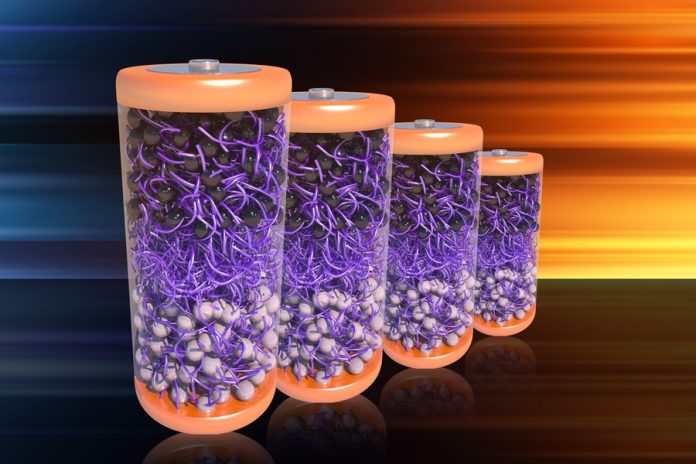
Electric vehicles (EVs) are on the rise, but there’s a hidden problem growing alongside them: waste.
Every EV runs on large, complex lithium-ion batteries that eventually wear out. Recycling those batteries is messy, expensive, and often ineffective.
Many end up in landfills, where toxic materials can leak into the environment.
A group of scientists at MIT may have found a new solution. They’ve developed a special battery material that can take itself apart when soaked in a simple liquid.
In other words, the material can hold a battery together while it works, then dissolve back into its original components in just minutes.
This new approach could make battery recycling much faster, cheaper, and more sustainable.
Traditionally, battery design has focused almost entirely on performance: making them charge faster, hold more energy, and last longer.
Recycling was an afterthought. Because of this, today’s batteries are complicated bundles of metals, plastics, and chemicals that require high heat, harsh chemicals, and difficult processes to separate.
MIT researcher Yukio Cho, who led the new study, wanted to flip that idea on its head. Instead of designing batteries first and worrying about recycling later, he and his colleagues asked: what if we build batteries out of materials that are recyclable from the beginning?
Their answer is a self-assembling material that works as the electrolyte—the part of the battery that carries lithium ions between the positive and negative sides. When this material is dropped into an organic liquid, it falls apart like cotton candy in water, allowing the rest of the battery to separate easily.
The team based their design on molecules called aramid amphiphiles, or AAs. These molecules are similar in structure to Kevlar, the tough fiber used in bulletproof vests, but they also contain polyethylene glycol (PEG), which can carry lithium ions.
When these molecules are exposed to water, they naturally snap together into long, ribbon-like structures called nanoribbons. These nanoribbons are strong and stable like Kevlar but also able to move lithium ions across their surface. When packed together, they form a solid material that can serve as the battery’s electrolyte.
“The material is like a nest for lithium ions,” Cho explains. “It has a flexible part that helps the ions move around, and a strong part that keeps the structure stable.”
What makes it especially exciting is that the material builds itself. Within minutes of being mixed with water, it forms a thick gel as millions of nanoribbons link together. These can then be pressed into a solid sheet and placed inside a battery.
The researchers built a working solid-state battery using their new material. The positive side (cathode) was made of lithium iron phosphate, and the negative side (anode) of lithium titanium oxide—both common materials in EV batteries. The new electrolyte successfully carried lithium ions between the two sides.
However, there was a catch. During fast charging and discharging, the battery performance dropped because lithium ions had trouble moving into the electrodes. This meant the prototype didn’t yet match the efficiency of today’s best commercial batteries.
But that wasn’t the main goal. The real breakthrough came when the scientists dunked the entire battery into an organic solvent. Almost instantly, the electrolyte dissolved, and the battery’s parts fell away from each other, ready for recycling.
For now, this material is a proof of concept. The MIT team knows that more work is needed to improve its performance. But Cho believes the key idea—designing batteries with recycling in mind—could transform the industry.
Instead of treating recycling as an afterthought, future batteries could be designed to fall apart easily, making it possible to recover valuable materials like lithium without the need for harsh processing. That could also help stabilize lithium supplies and reduce the need for new mining.
“It’s like opening new lithium mines, but without the digging,” Cho says.
The researchers imagine that as new battery technologies emerge in the coming years, these recyclable materials could be integrated from the very beginning. With EV sales continuing to grow, this could be one way to avoid turning today’s clean cars into tomorrow’s toxic waste.



